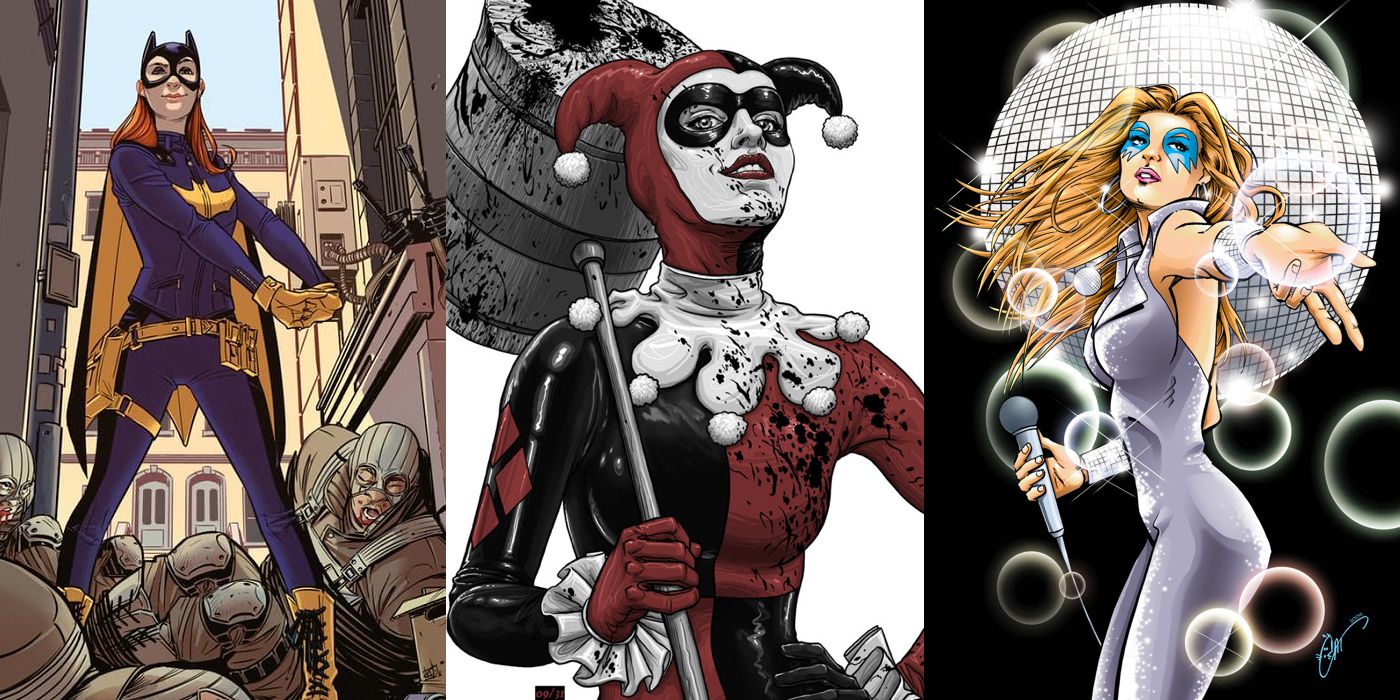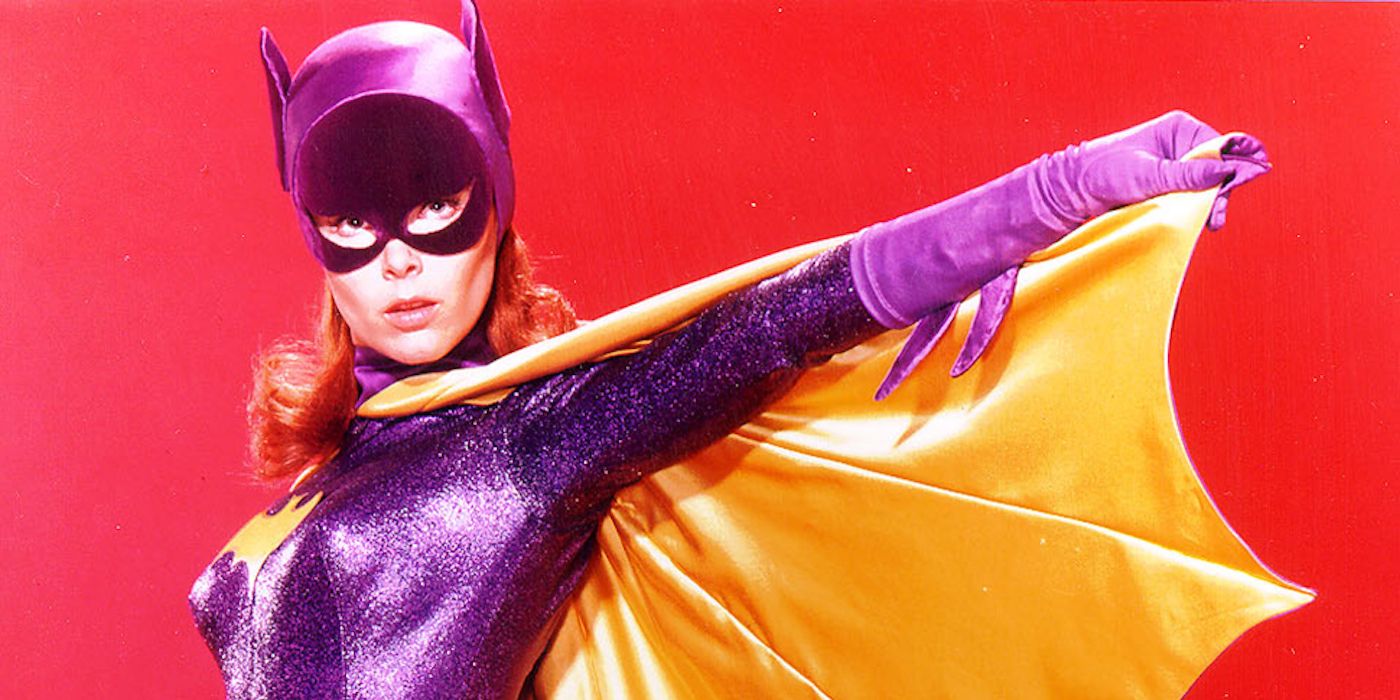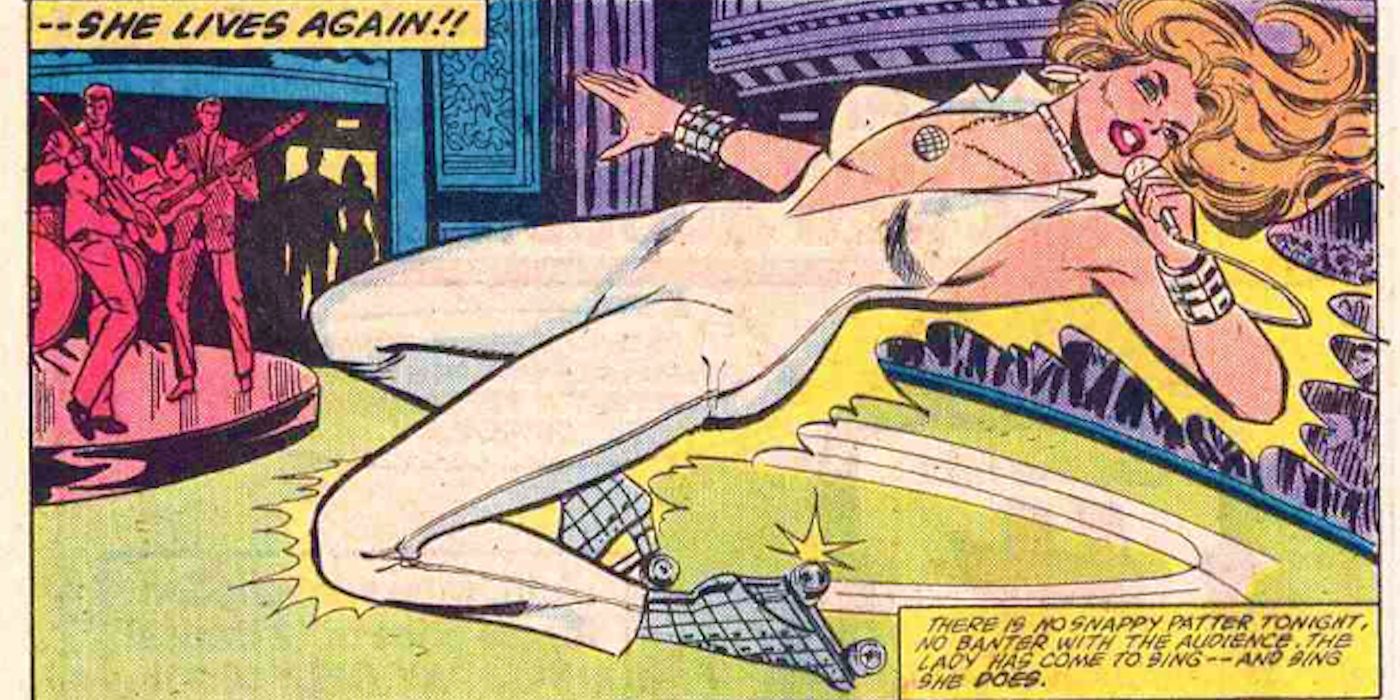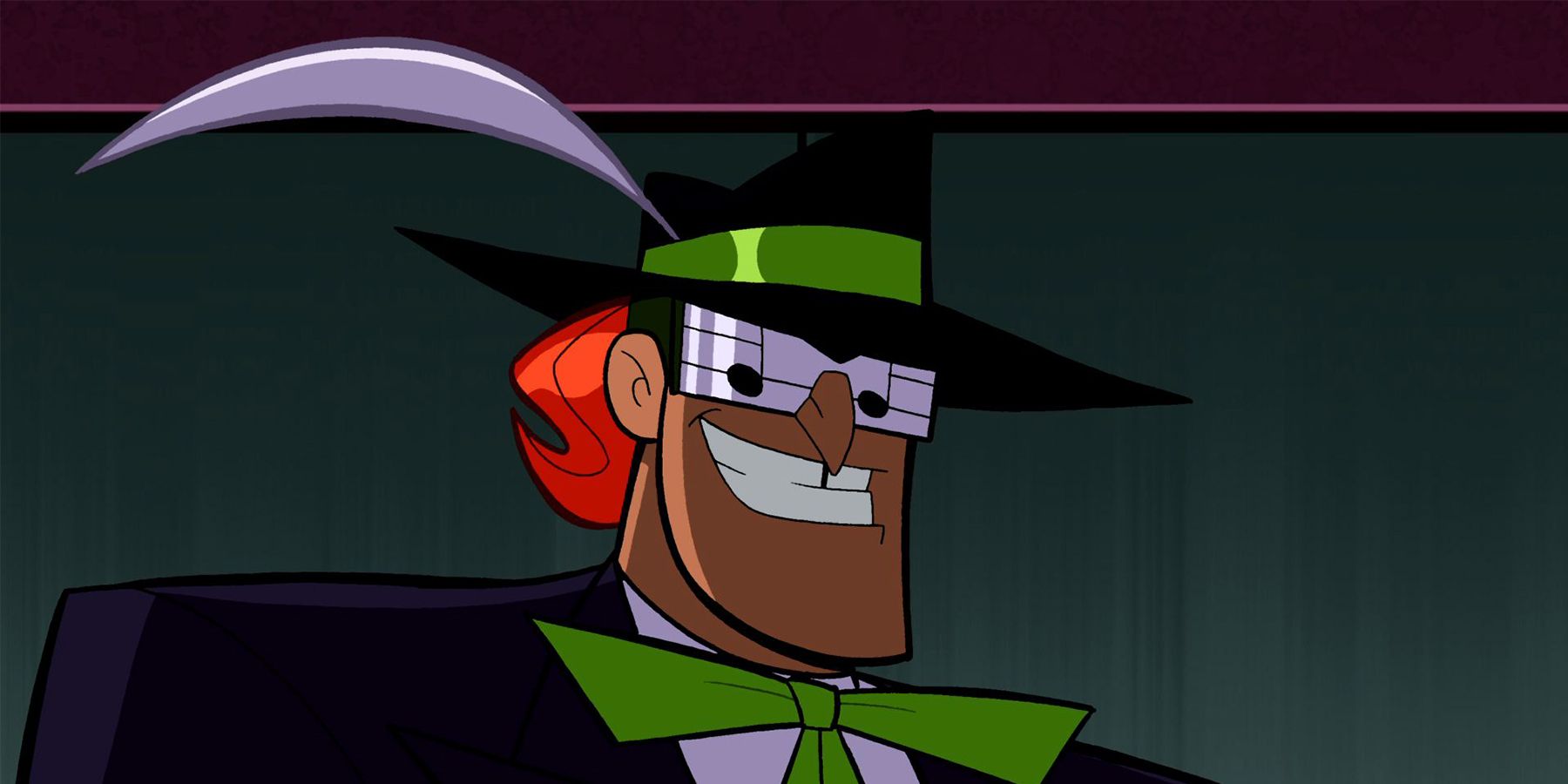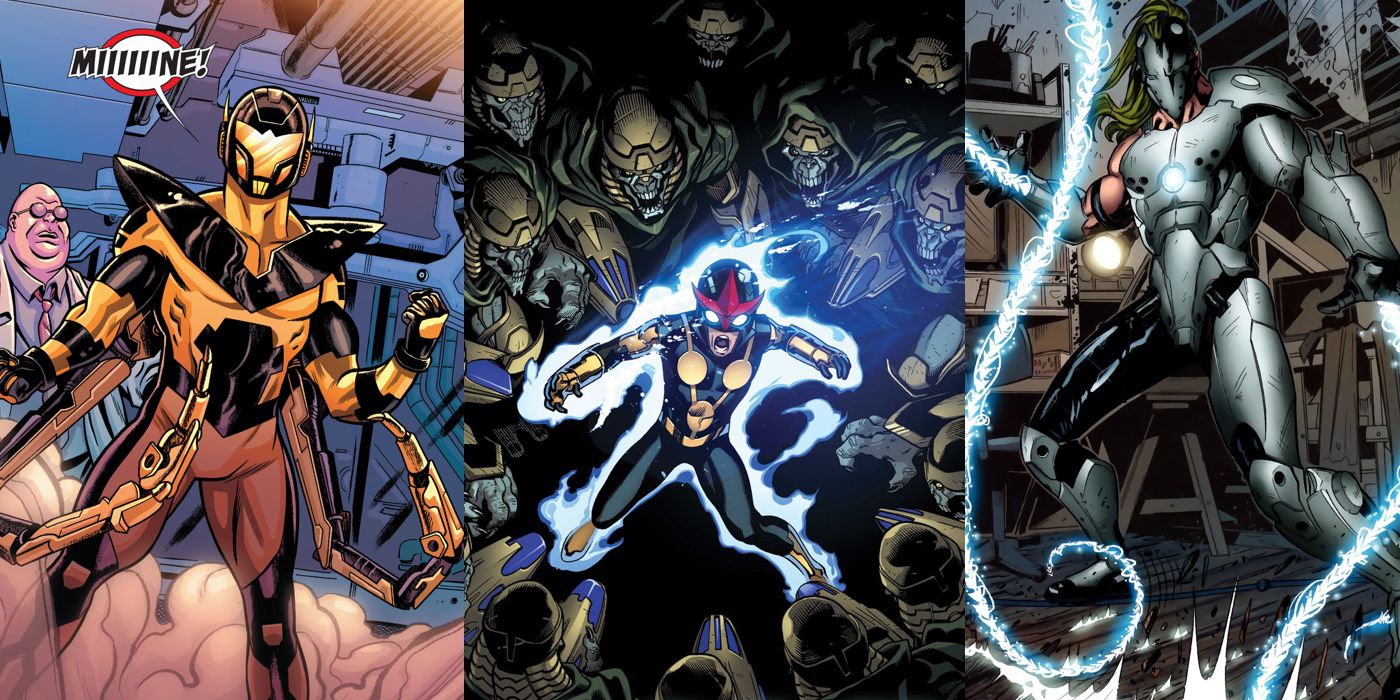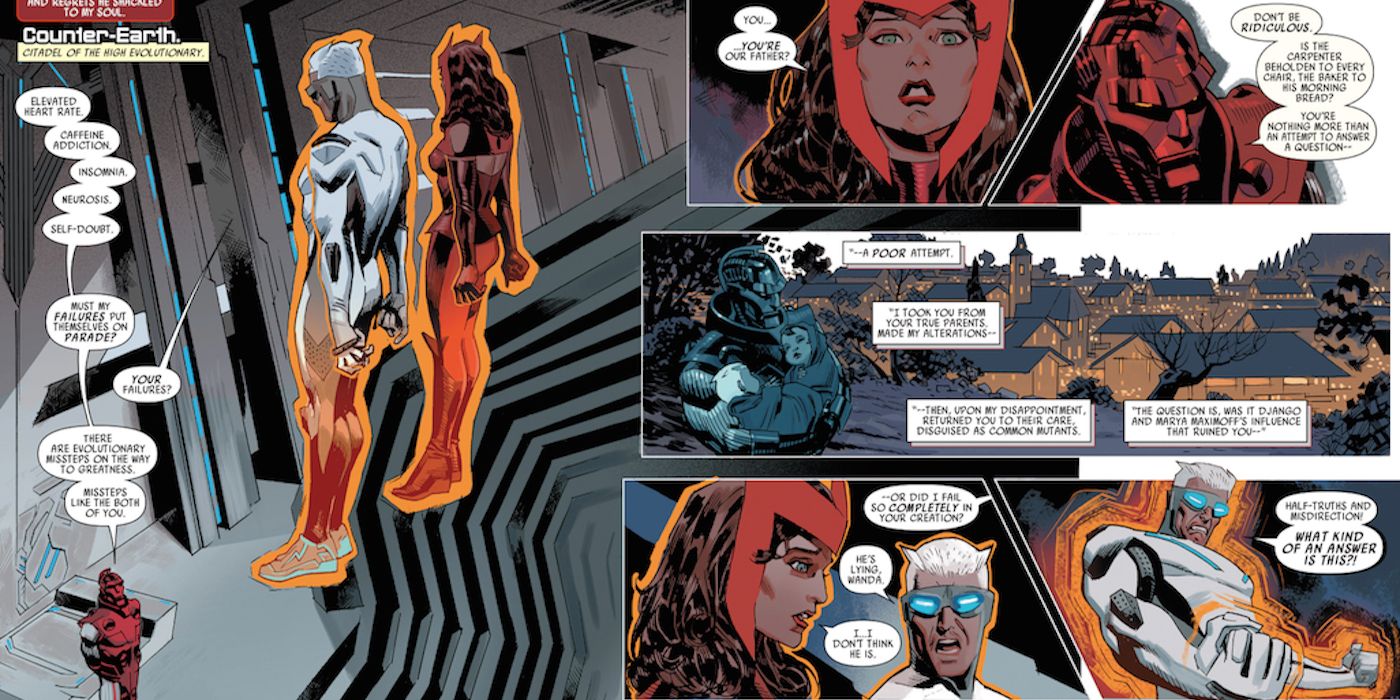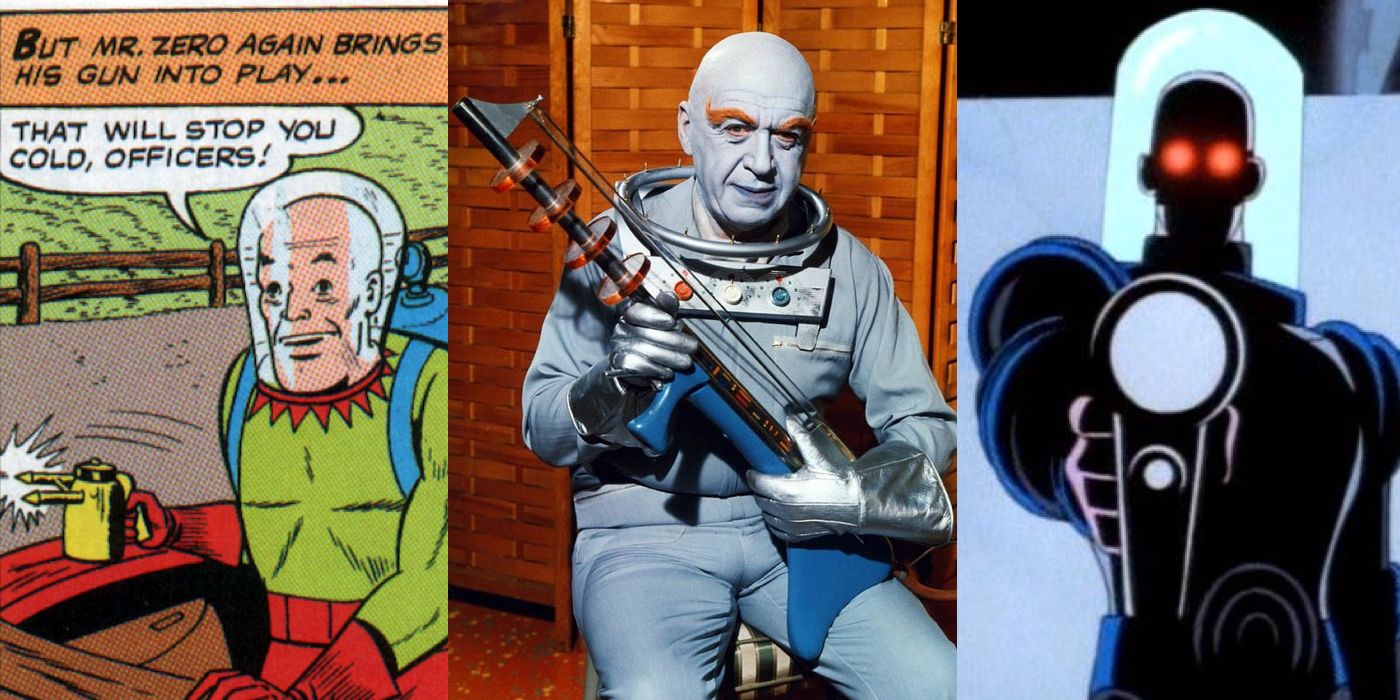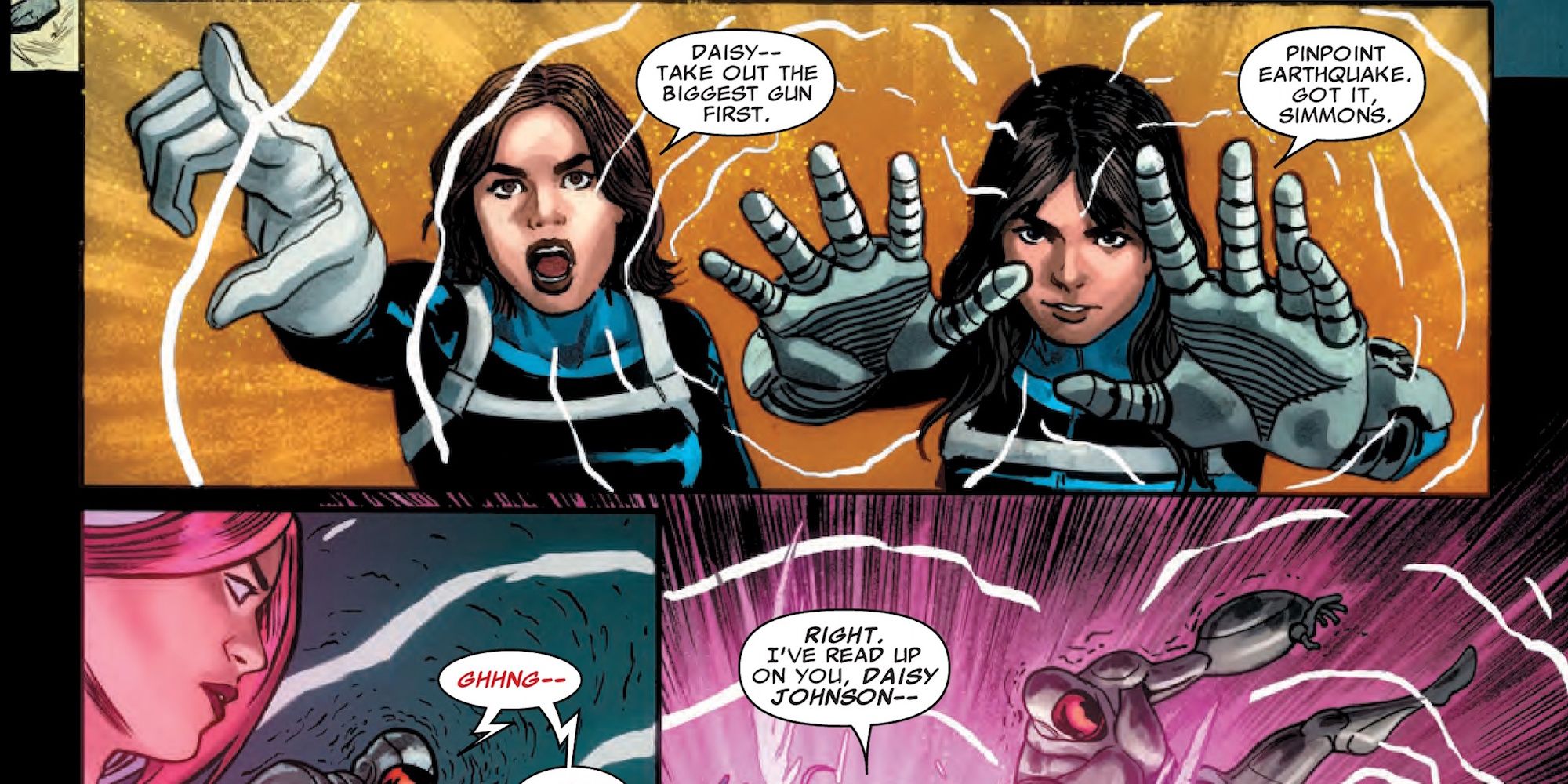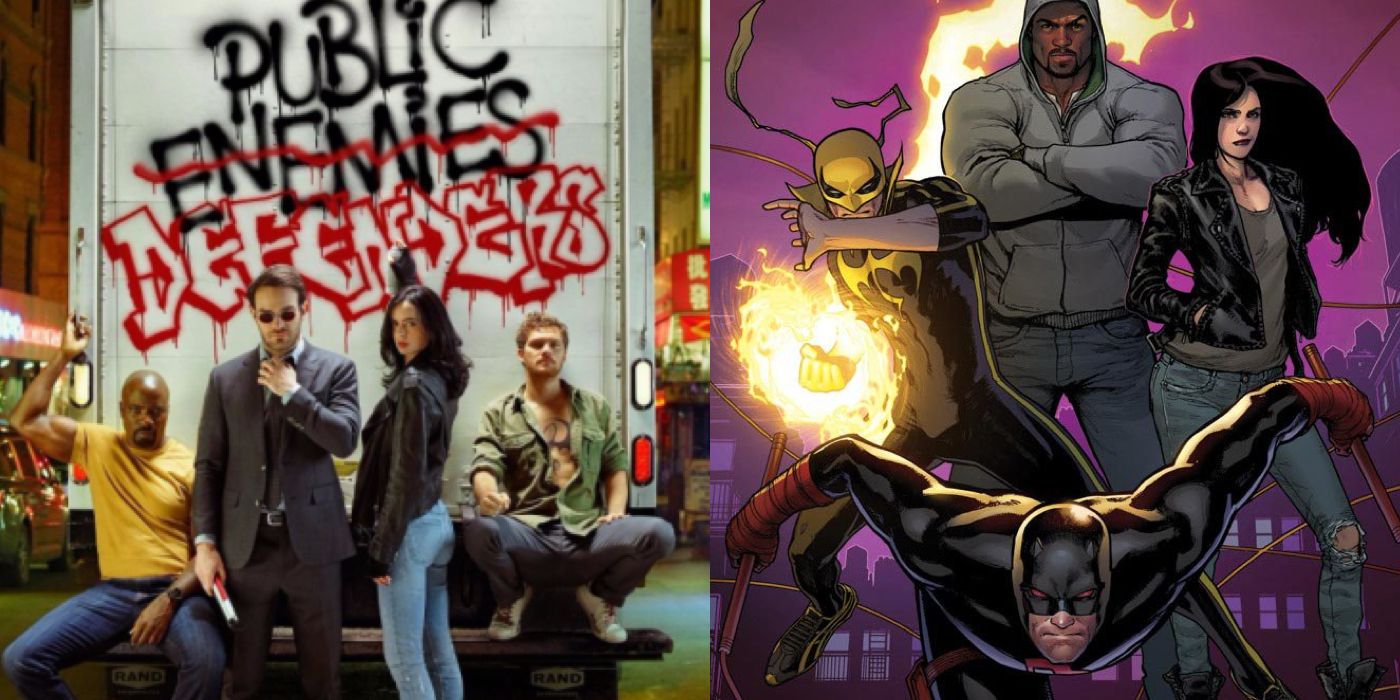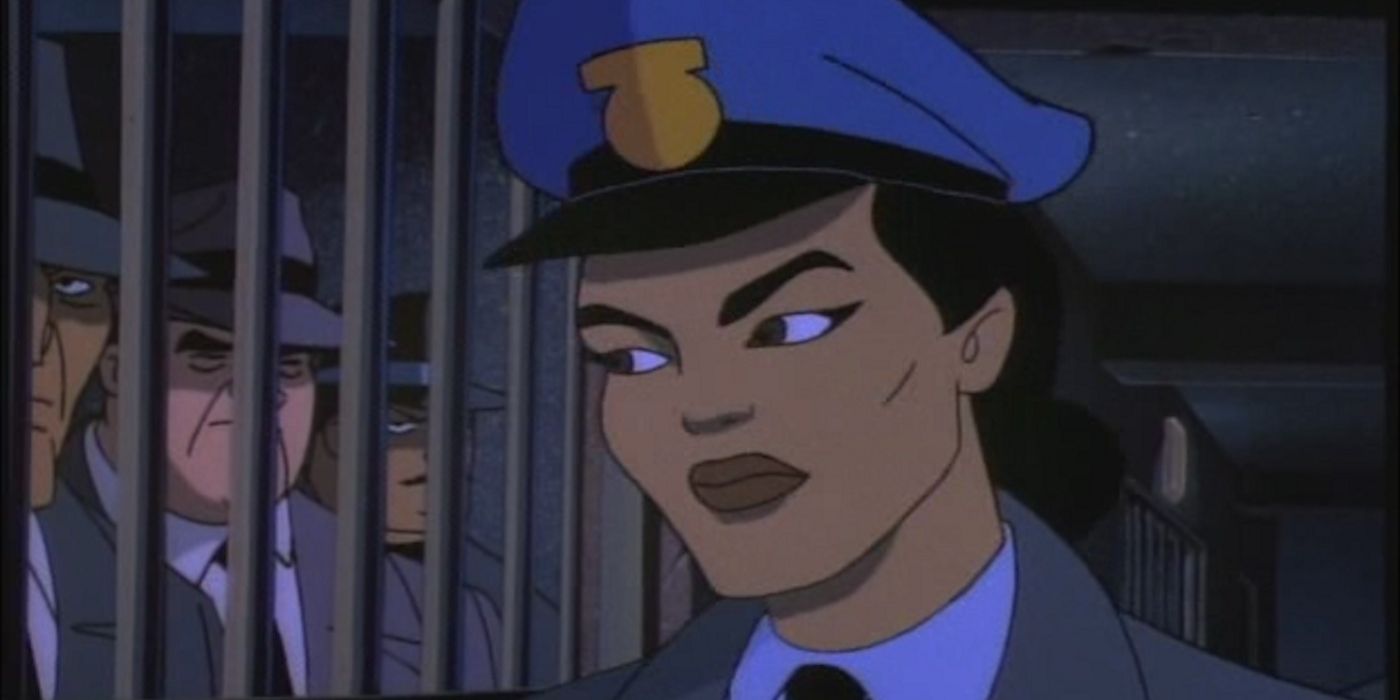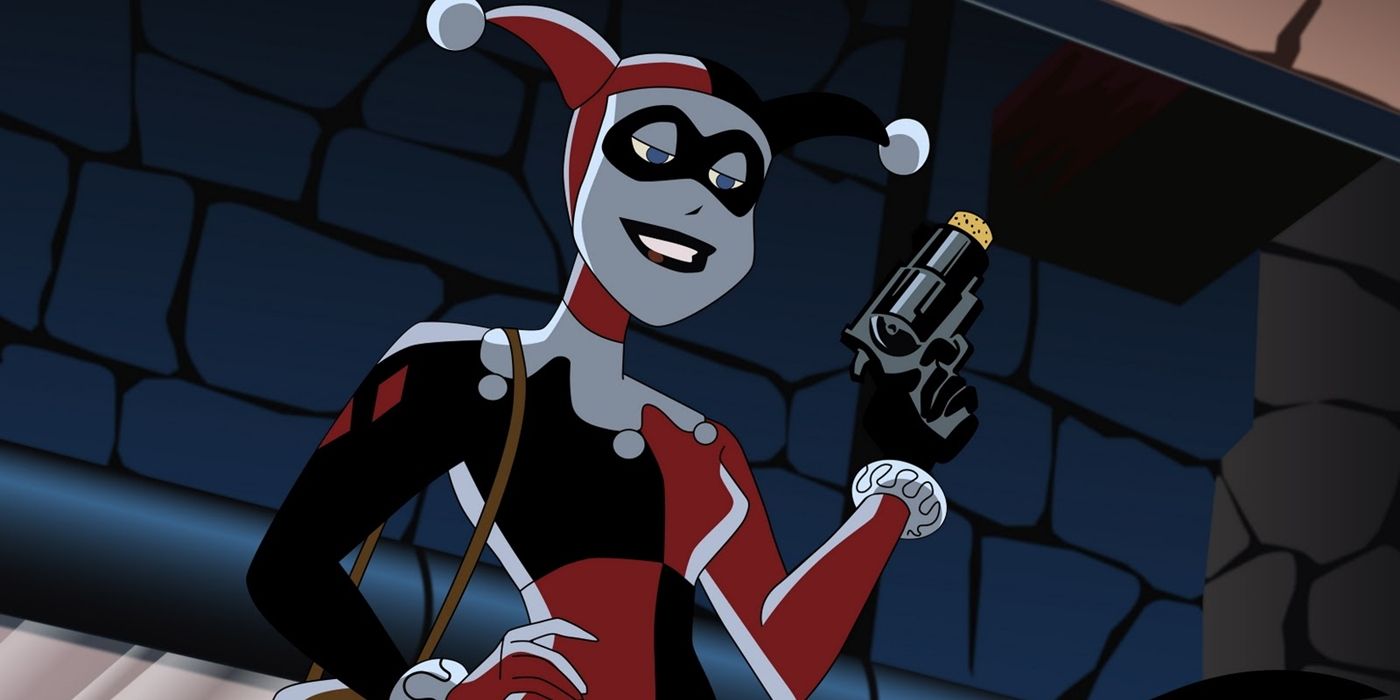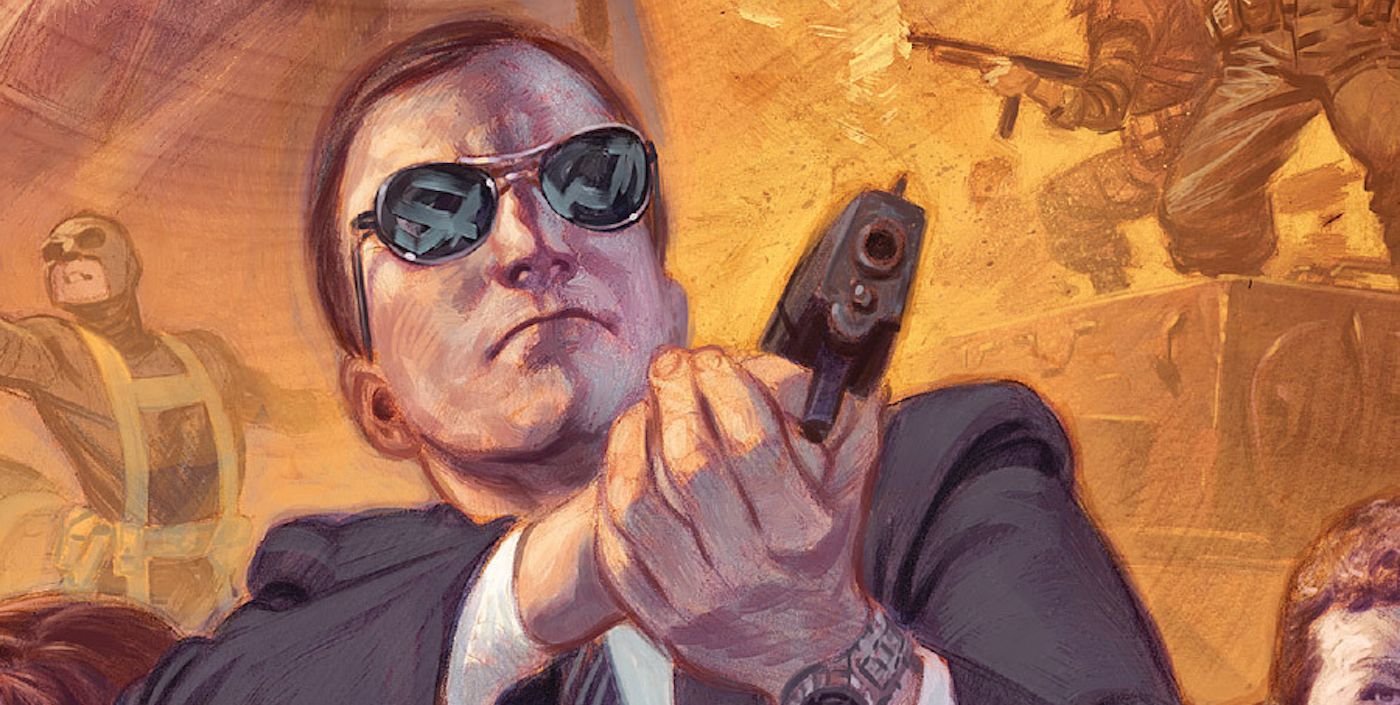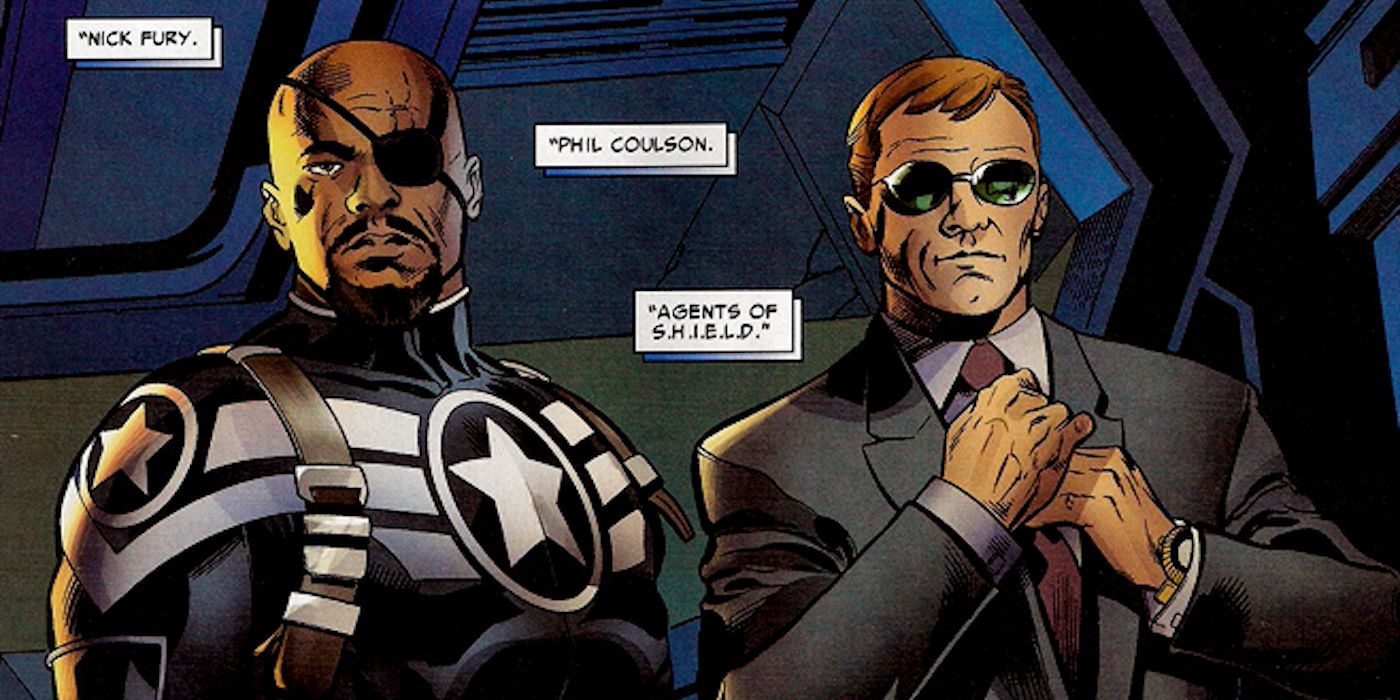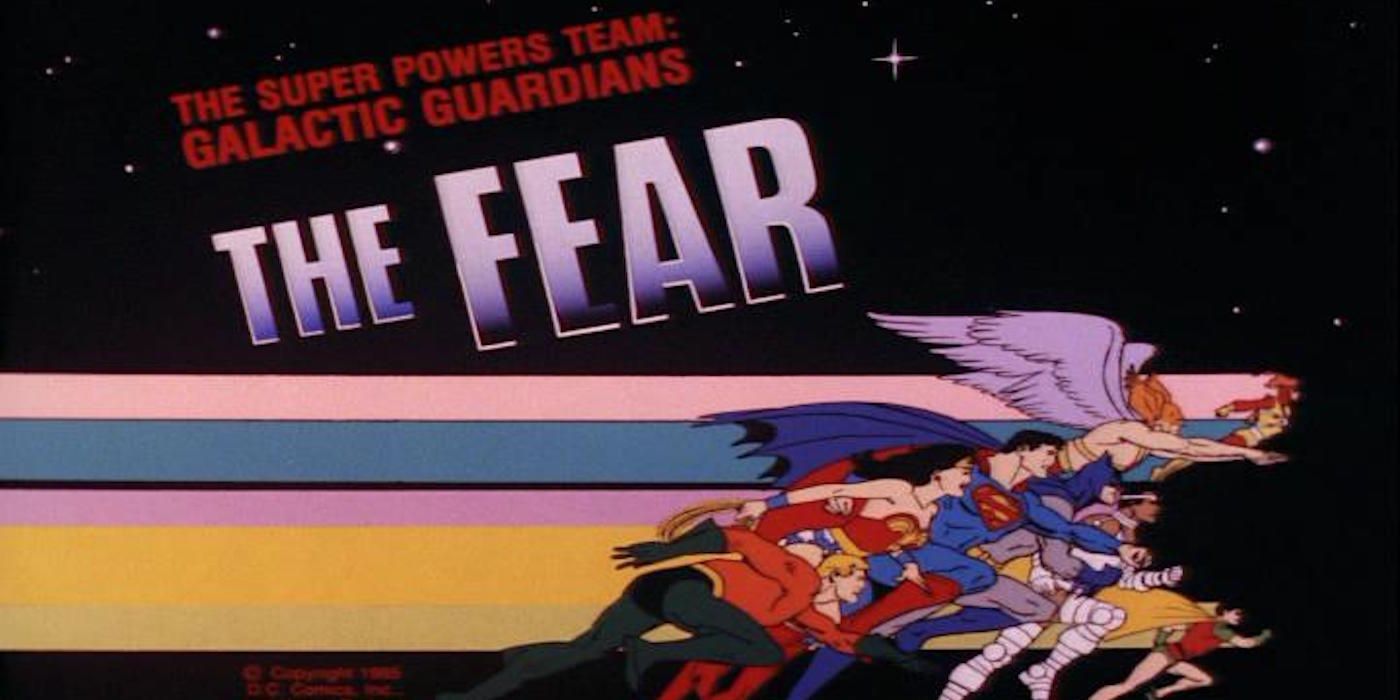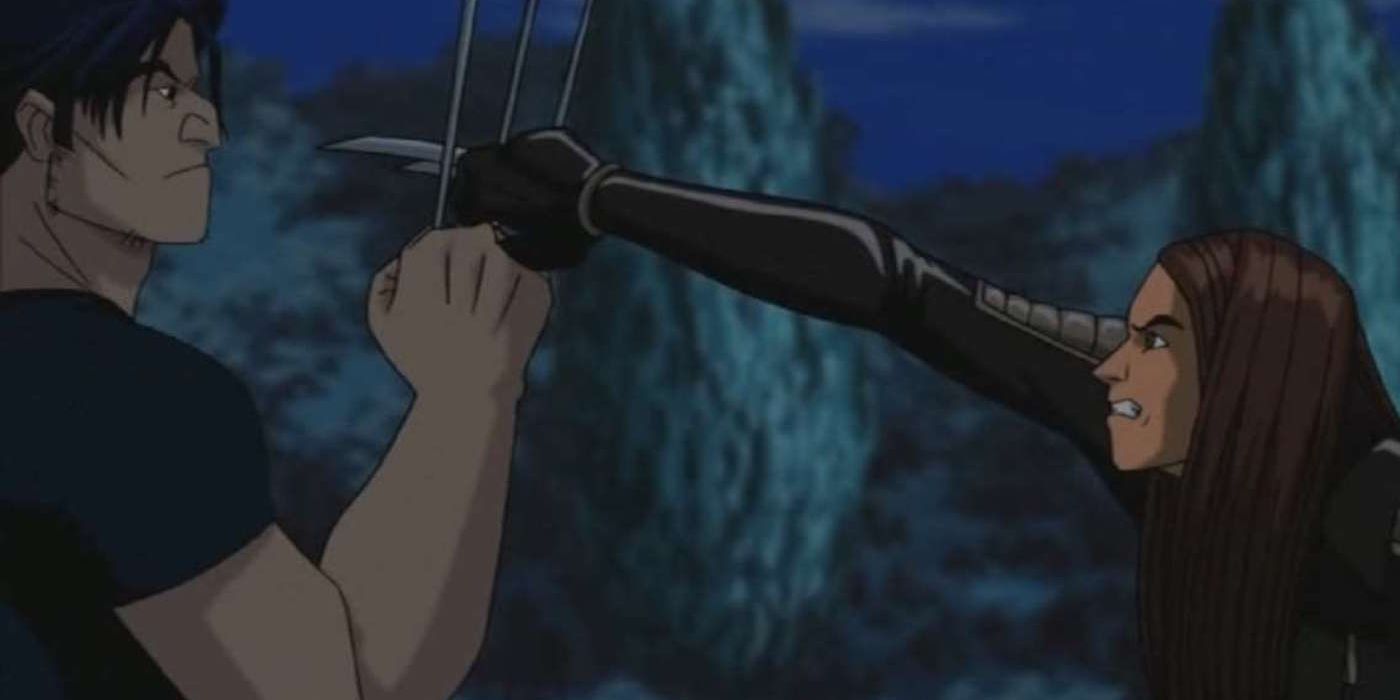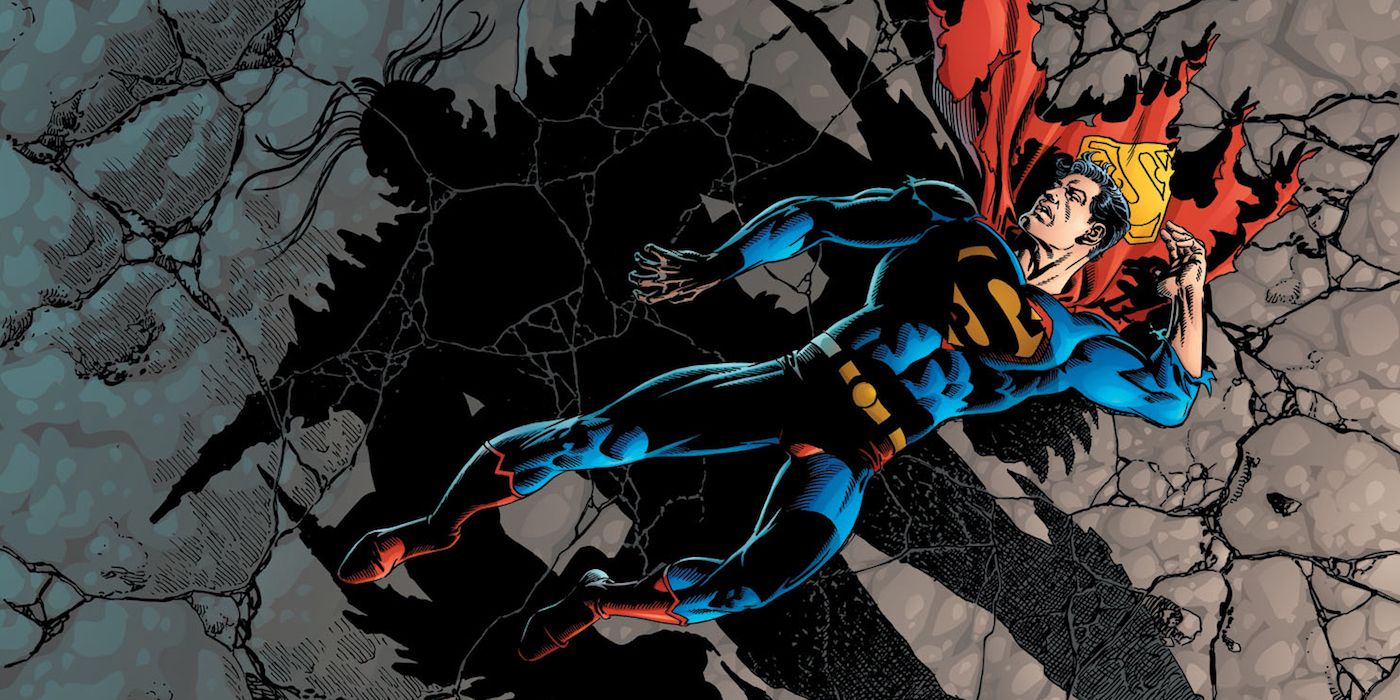For decades, Marvel and DC have reigned supreme as the bulk of mainstream comics. But while they’ve long held dominance in the world of the page, they’ve also been two of the few publishers to successfully make the leap to other media. From movies to TV to games, Marvel and DC have translated and adapted a number of their characters and storylines to other mediums, usually to great results. Occasionally, however, ideas from film and television will prove so popular or essential, they’ll actually have an impact on the comics.
From behind-the-scenes executive mandates and attempts at corporate synergy, to popular TV and film characters making the jump to the comics, both Marvel and DC Comics are packed with examples of characters and plotlines being altered by or originating in movies and TV shows. Though some are well-known, others are deep bits of comic history trivia. Here are 15 Times Movies And TV Shows Changed Comics.
15. Batgirl
With the prospect of a Batgirl movie now on the horizon, many fans are wondering which version of the character will make it to screen. Over the years, Barbara Gordon’s backstory has been tweaked a bit, but her real-life history is even more fascinating. Back in 1961, Batman co-creator Bob Kane developed the character Bat-Girl as a love interest for Robin. When new editor Julius Schwartz took over Batman duties a few years later, he jettisoned her, along with an early version of Batwoman, deeming them too silly for the book whose numbers were declining.
A short time later, Schwartz was approached by William Dozier, the executive producer for the Batman TV series, about creating a new female character. He wanted to attract more of a female audience and boost the show’s chances of a third season renewal, and thought a new comic character could do the trick. He pitched the idea of a vigilante daughter of Commissioner James Gordon, and famed DC artist Carmine Infantino came up with some sketches for the future Batgirl. The producers of the show quickly optioned the character, who debuted in the series and comics in 1967 and has been a Bat-family staple ever since.
14. Dazzler
Like Batgirl, Dazzler’s origins lie in some uncanny media synergy. In one of the few examples of music influencing comics, Dazzler was dreamt up as a hybrid of music, movies, and comics. Modeled after KISS, who existed in a batch of hit comics at the time, Casablanca Records approached Marvel editor Jim Shooter with the idea that he come up with a superhero who they would pair with a real life singer. They would then team with Filmworks for a movie, attempting to make Dazzler a multimedia star.
John Romita, Jr. began coming up with sketches for the character, basing her on the iconic Grace Jones. Sadly, this was the mid-'70s and Filmworks insisted on using Bo Derek as the model instead. The film and music end eventually fell through, but Dazzler still made her debut in the comics in 1980’s Uncanny X-Men #130. Since then, she’s appeared in a number of X-Men and Avengers comics, most recently joining the A-Force along with some of Marvel’s other female heavy-hitters.
13. Music Meister
Music Meister is one of the newest characters to make the jump from TV to comics, and even made a successful jump back to the small screen in his most high profile role yet. In 2009, the character debuted in “Mayhem of the Music Meister!,” an episode of Cartoon Network’s Batman: The Brave and the Bold series. Able to force anyone who hears his voice to begin singing and dancing, he could easily be mistaken for a Golden Age villain. Following his TV debut, he jumped over to the comics in The All-New Batman: The Brave and the Bold #16, naturally based on the cartoon.
Despite his short life, however, he was recently given the chance to join the world of live-action supervillainy when he was chosen as the rogue who the Flash and Supergirl had to face in their recent musical crossover in the Arrowverse. While his powers were considerably beefed up to fall more in line with Mr. Mxyzptlk, he still retained his musical affiliation.
12. Marvel Movie Villains
Ever since Marvel successfully launched their shared cinematic universe in 2008, they’ve changed the way blockbuster franchises are designed. Everything from Call of Duty to Transformers has a shared universe, with Marvel’s legacy in theaters now rivaling the one they have in the comics world. But they haven’t just influenced others with their hit string of films; their owns comics have changed as a result.
Generally, when they adapt characters to screen, it’s their villains that change the most in order to fit into the hero’s story. Thanks to many of these villains being lower-tier rogues in the comics, Marvel has altered a number of them on the page to more closely resemble their famous big screen counterparts. Whiplash went from a whip-wielding Silver Age villain to the more mechanized character from Iron Man 2. The Chitauri, meanwhile, went from Skrull wannabes in the Ultimate universe to more closely resembling the mindless villains from The Avengers. And while the new villainous Yellowjacket doesn’t look much like he does in Ant-Man, the name had previously only referred to heroes - and usually Hank Pym himself. Now, he’s an all-new villain for Marvel comics, with a similar suit to the movies.
11. Scarlet Witch and Quicksilver
In both the comics and movies, Wanda and Pietro Maximoff have walked the line of hero and villain for most of their existence. One constant, however, has been that they’re the mutant children of Magneto. On the page, they’ve spent considerable time with both the Avengers and the X-Men (along with their enemies the X-Men's enemies, the Brotherhood). As such, their film rights sit in a weird grey area, causing both Marvel and Fox to bring them to the big screen. Fox decided to only carry over Quicksilver, while Marvel chose to bring both to life but quickly kill off Pietro.
Still, Marvel wanted the character’s non-mutant heritage on the screen to match the comics. As such, recent events have shown that Wanda and Pietro aren’t actually the children of Magneto and are, in fact, not even mutants. Instead, their biology was altered and fostered by the High Evolutionary, matching up more with their MCU origin of being experiments. For Wanda’s part, this has led to her journey of discovering her past and family, and learning that her chaos magic powers are part of her heritage - not just a mutant ability. It doesn't match the movies, but it does further remove them from Fox's pantheon.
10. Mr. Freeze
Before he was Freeze, Batman’s ice-themed rogue was known as Mr. Zero. Debuting in 1959’s Batman #121, the character was part of the sillier years of the Dark Knight. A few years later, he made the jump to the live-action Batman series, where he was renamed Mr. Freeze. After several years and with multiple actors in role, Mr. Freeze made his updated debut in 1968’s Detective Comics #373. Still, like all previous versions of the character, he remained a joke for the next few decades.
In 1992, the character underwent one final and drastic change on Batman: The Animated Series. In the acclaimed episode “Heart of Ice”, Freeze was introduced as the tragic Dr. Victor Fries, a cryogenics expert who turns to crime while looking for a cure for his dying wife. Despite a brief foray back into camp for 1997’s Batman & Robin (where his new origin was kept intact), Freeze has now become one of Batman’s most gifted and relatable foes, after spending decades as a novelty.
9. Quake
It’s not just the Marvel movies that have influenced the comics, but the TV side of the MCU as well. When Agents of S.H.I.E.L.D. premiered, it actually borrowed very little from the comics. Eventually, however, the orphaned hacker Skye was revealed to be Daisy Johnson, the daughter of Calvin Zabo and the future hero Quake. Created by Brian Michael Bendis and Gabriele Dell’Otto for 2004’s Secret War #2, Quake would eventually feature prominently in Jonathan Hickman’s 2008 Secret Warriors series, which also saw the debut of Slingshot. For a time, she even took over as director of SHIELD, but has since gone back to being an agent.
On the show, some of her origin is kept intact, but it’s revealed she’s also the daughter of a Chinese Inhuman and bears the genes herself. On the comic side, these events were recently introduced in the Marc Guggenheim-penned Agents of SHIELD book. It’s said that her powers were kicked off early thanks to the unstable DNA of her father and his Mister Hyde formula, and that she’s in fact an Inhuman on her mother’s side. She was even given the nickname Skye and made to look like Chloe Bennet. In another interesting bit of media synergy, her original design in the comics was based on Angelina Jolie in the movie Hackers, though it might be giving the SHIELD producers too much credit to say they planned that connection since the beginning.
8. The Defenders
After spending the past few years introducing various street-level heroes, Marvel and Netflix will be teaming them up in this summer’s The Defenders. The group, however, hasn’t always had the neighborhood Avengers vibe of the MCU. Debuting in 1971’s Marvel Feature #1, they originally consisted of Hulk, Doctor Strange, and Namor. Hardly street-level, their ranks would soon include Silver Surfer and have featured the likes of Valkyrie, Ghost Rider, and Spider-Man.
It was recently announced that a comic featuring a group more similar to the one seen in the MCU was on its way. The four stars of Marvel’s Netflix universe will be the core team, with Luke Cage and Iron Fist continuing their long tradition with the Defenders. For Daredevil and Jessica Jones, however, this marks the first time they’ve ever served on the team. Though all four heroes have had run-ins, they’ve never properly worked together in the comics. Luke and Danny have a long history, as do Luke and Jessica, and Daredevil has joined the street-level characters in various adventures. It was their time in 2010’s New Avengers that finally saw them work together, though Jessica mostly sat things out to protect her and Luke’s daughter, and they were surrounded by plenty of other big names.
With the new Defenders book, the four heroes will finally join forces properly on the page, just like on the screen.
7. Renee Montoya
While Renee Montoya actually appeared in the comics before showing up on TV, it is merely a technicality. The GCPD officer was first conceived of for Batman: The Animated Series and joined 1992’s Batman #475 as a precursor to her arrival on the show. Following her introduction, Montoya quickly rose to become one of the primary characters at the GCPD, being promoted to detective and working with Harvey Bullock and Crispus Allen. However, the corruption soon became too much for her, and she left the force.
She eventually took up the mantle of the Question from Vic Sage and has served in that role ever since. She’s also developed a relationship with Kate Kane, better known as the Batwoman. Their relationship marks one of the few LGBTQ couplings in mainstream comics, making the two detectives intrinsic to each other’s stories and tailor-made for an amazing film of their own in the DCEU.
6. Harley Quinn
As with Montoya, Harley Quinn began life on Batman: The Animated Series. Like the MCU for Marvel, the show has shaped a lot of DC’s history on the page. Harley, however, is probably the best example as she’s grown to be one of DC’s most popular characters in all forms of media.
Created by Paul Dini and Bruce Timm, Quinn appeared on the 1992 episode “Joker’s Favor” as a former psychologist who falls madly (literally) in love with Joker. Becoming a sort of female counterpart to him, she’s every bit as dangerous and deranged as the Joker. Her first jump to the comics was in 1993’s The Batman Adventures #12, a series based on the show. She made her proper DC debut in Batman: Harley Quinn in 1999 and has since become one of DC’s highest-selling characters, fronting a number of books and a whole lot of merchandise. She made her live-action debut in Suicide Squad last year, and will be coming back to animation under the eye of Timm in this years’ Batman and Harley Quinn movie.
5. Agent Coulson
As one of the oldest original characters in the MCU, Phil Coulson was destined for the comics. After appearing in Iron Man, he went on to have a number of memorable cameos and starred in a couple of One-Shots before his big role in The Avengers. And despite his death, he still managed to headline his own TV show when Agents of SHIELD brought him back to life. In 2012, he also joined the Marvel Comics continuity in the book Battle Scars.
He’s introduced as a military officer nicknamed Cheese before he’s revealed to be Phil Coulson. Eventually, he joins SHIELD and spends the next few years working his way up to occupy a similar position as he does on screen. And thanks to the popularity of the many new characters on the show, he’s now surrounded by much of his team from TV. Melinda May, Leo Fitz, and Jemma Simmons have all joined the comics. Even Grant Ward was introduced, with a variation on his dual Hydra/SHIELD loyalties factoring into a recent arc.
4. Nick Fury
Coulson wasn’t the only character Battle Scars brought from the movies to the comics. The 6-issue comic was designed to introduce a version of Nick Fury that more closely resembled Samuel L. Jackson’s portrayal in the MCU. Making it more interesting is the fact that character was based on an alternate version from the comics, who is himself based on the movies.
When Marvel introduced their Ultimate version of Nick Fury as part of the imprint, they modeled him after Jackson. With the MCU drawing a lot of inspiration from the modernized continuity of the Ultimate line, their Fury did one better and actually got Jackson to play the character. In the comics, Battle Scars introduced Marcus Johnson, the illegitimate son of Nick Fury who eventually adopts his father’s name. He also just so happens to look a lot like Jackson. Following him and Coulson joining SHIELD, they both quickly work their way up in the ranks. Though he hasn’t become director yet, he’s slowly surpassing his now-deceased father as the main Nick Fury in all Marvel continuity.
3. Bruce and Alfred’s Relationship
By now, no one needs to see Bruce Wayne's Batman origin another time. His parents' murder, his quest for vengeance, and his familial relationship with his doting butler Alfred are all well known. But that hasn’t always been the case. Back in 1985, Super Powers Team: Galactic Guardians (one of many titles used by the animated series Super Friends over its long run) aired one of its darkest episodes yet.
In “The Fear,” Batman is attacked by Scarecrow and his fear gas and forced to relive his parent’s deaths in Crime Alley. It would mark the first time his origin was shown on TV and was even meant to serve as the back-door pilot for a Batman spinoff. Those plans fell through, but it stands as one of the few times the kid-focused cartoon went somewhat adult. It also firmly established that, upon the death of Thomas and Martha Wayne, Alfred Pennyworth raised Bruce like his own son. While Alfred had long assisted Bruce in the comics, this more paternal relationship was a new facet. Since that time, every incarnation of Alfred has acted as a surrogate father to Bruce, as well as a butler and sidekick.
2. X-23
This year’s Logan finally saw X-23 make her live-action debut, but the character actually started her life on TV before making the jump to comics. During the oft-forgotten X-Men cartoon X-Men: Evolution, many of the big names from the comics were reimagined as teenagers. When showrunner Craig Kyle was asked to do the same for Wolverine, the idea was shot down. Instead, he went about crafting a young, female counterpart to Logan, dubbed X-23.
A clone of Wolverine raised to be an assassin, she eventually escaped and came to meet Logan. She only appeared in two episodes, but the next year she made the jump to comics in a supporting role in NYX. There, her backstory was fleshed out, as it was revealed her escape from The Facility forced her onto the street under the abusive rule of a pimp named Zebra Daddy. With the help of her friends, she broke free and eventually joined the X-Men and met Logan.
Kyle returned to the character later with a pair of books that expanded her lore and explored her past in The Facility and her early years alone. Since then, Laura Kinney has been an X-Man, a member of X-Force and Avengers Academy, and is now the All-New Wolverine.
1. The Death of Superman
The Death of Superman evolved from one of the more interesting instances of behind-the-scenes synergy and cross-promotion, which is all the more interesting as it’s considered one of comics’ greatest story arcs. Following DC’s Crisis on Infinite Earths reboot, sales for Superman titles began to dip. To help sales, a more solid romance between Clark and Lois was introduced, and would eventually serve as the jumping off point for Lois & Clark: The New Adventures of Superman. The show was a hit, and had enough clout that when they proposed a wedding episode, DC nixed a similar idea they had planned for the comics.
Unfortunately, they’d spent a year planning for the big event and now had a massive hole in their production schedule and some frustration to burn through. Writer Jerry Ordway jokingly pitched the idea of killing Superman, but the idea slowly became a reality as the DC team realized how monumental the event would be. They also saw the world as having moved past Superman, and wanted to show everyone what is was like without him. The plan worked, as Death of Superman become a massive arc and spun out new books and characters. When Superman did return, he’d regained his prominence in pop culture.
---
What other ways have movies and TV shows changed comics? Let us know in the comments!

